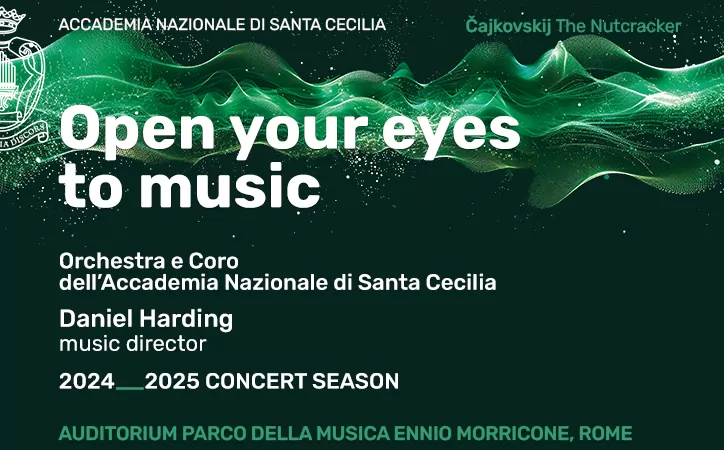Three gifts fit for a king.
The Worlds Most Expensive Products
Among the products of Nature, the most expensive
To be derived fromtrees or shrubs are amber,
balsam, myrrh and frankincense.
I must not pass over the fact that gold, with which
All mankind is madly obsessed, is scarcely tenth in
List of valuable commoditie.
From Natural History, Book XXXVII, Pliny the Elder (AD 23-79).
The story of the three wise men from the east bearing gifts of gold, frankincense and myrrh to the infant Jesus is very beautiful and very well known. Sadly, much of the elaborate story we are now familiar with is the Churchs invention. No number of wise men is given in the Bible (Matthew 2:11), yet in very early illustrations of the event there are sometimes two, sometimes three or four (in the catacombs of Domitilia in Via delle Sette Chiese in the south of Rome), or eight or even 12 depicted. These wise men became kings in the 10th century and were given the names Balthazar (Asian), Melchior (European) and Gaspar (African); earlier they had been known as Hormizdah, Yazdegerd and Perozdh, or as Hor, Basanater and Karsudan. The term magi used in many bible translations probably indicates that they were Zoroastrian priests from Persia, or maybe astrologers, astronomers or magicians. All very interesting and puzzling. Nevertheless we remain with the story, as clearly stated in the Bible, that they brought gold, frankincense and myrrh as gifts for the child, and we must ask: why?
Gold has been known to and used by man since his presence on the planet. The metal occurs naturally, has an attractive yellow colour and is very dense more than twice as dense as iron or copper. Further, it is the most malleable of all metals and can easily be hammered into any desired shape. As the human race evolved, so too did the love of gold until it became, as Pliny the Elder points out, an obsession. Possession of gold brought power, and kings, princes and dictators throughout history have hoarded it. Wars have been fought for gold; millions have died for it. Its value lies in its rarity, incorruptibility and glittering attractiveness. It is untouched by air and water and simple mineral acids. A gold object left in the sea for centuries is as bright as new when recovered. The gold leaf decorating the ceiling of the basilica S. Maria Maggiore in Rome, the first gold brought from the Americas by Christopher Columbus, is as bright and shiny today as it was when it was first put there. Gold occurs widely in nature, sometimes as lumps (nuggets), more often dispersed in very small particles in igneous rocks. Rocks containing only three grams of gold per ton can be profitably treated to extract the metal and now even old computer parts are being treated to recover the gold in them (since gold never tarnishes it is used for electrical contacts).
Frankincense and myrrh, two rather similar aromatic resins obtained from trees, have been known, used and highly valued for thousands of years. The frankincense tree, Boswellia Thurifera, and the myrrh tree, Commifera Myrrha, both grow in the deserts of Somalia, in the southern part of the Arabian peninsula (especially Yemen) and India. Once or twice a year the bark of the tree is cut to release the resinous sap, which is liquid at first but then hardens into an amber-like solid. Nowadays these substances are exported by road, rail and air to all parts of the world and arrive very quickly on the European market; but in Plinys time, not long after the Jesus story, things were somewhat different. As Pliny recounts:
Once collected, the frankincense (and myrrh) is taken to Sabota on camels the kings have made it a capital offence for the camels to turn off the main road. At Sabota a tithe is taken for the god they call Sabis before the incense can be put up for sale it can only be exported through the country of the Gebbanitae and thus a tax is also paid on this Fixed amounts of the frankincense are given to the priests, the kings secretaries and the guards; apart from these attendants, gatekeepers and servants all take a commission. All along the route they keep paying out at one place for water, at another for fodder, as well as charges for lodging at halts and various dues. It is no wonder then that by the time the substance arrived in Rome its cost to the customer was way above that for mere gold or silver.
Frankincense and myrrh have been used from time immemorial in religious ceremonies as incense or as oils for anointing and embalming. Non-religious uses included perfumes and fumigants (both substances have anti-bacterial properties), candles, firelighters, repellents against snakes, vultures and insects, treatment of coughs, polio, chest congestion and backache. These days they are used widely in the perfume industry, in beverages, baked goods, ice-cream and soups, anti-wrinkle face-creams, vacuum cleaner and car scents. Myrrh in particular is often used in toothpastes and mouthwashes. Very useful substances indeed.
Gold, frankincense and myrrh. Two thousand years ago, these were three gifts fit for a king.

















